Fifteen years ago I arrived in the valley of the Conflent, Pyrenees Orientales, and lost my heart to this strange, wild, almost-forgotten corner of France- part mountain fastness, part border country- criss crossed with stony trails, highland patches of wild lavender, icy streams- and home to the Catalan people.

My Kaki tree in Catllar
 The valley itself is one of the major fruit baskets of the country, producing lavishly of peaches, nectarines, apricots, strawberries and other soft fruit; apples, pears, almonds and walnuts of unrivalled flavour. That first time that I came in December I took great pleasure in wandering around in a tee shirt, even though the trees were bare. All except for one sort- the persimmon, or kaki. Though seasonally denuded of leaves, it was resplendant with globes of red fruit which lent it a festive, Christmassy air.
The valley itself is one of the major fruit baskets of the country, producing lavishly of peaches, nectarines, apricots, strawberries and other soft fruit; apples, pears, almonds and walnuts of unrivalled flavour. That first time that I came in December I took great pleasure in wandering around in a tee shirt, even though the trees were bare. All except for one sort- the persimmon, or kaki. Though seasonally denuded of leaves, it was resplendant with globes of red fruit which lent it a festive, Christmassy air.
Originally imported from Japan (which imported it from China) about 100 years ago, it needs a cold winter and hot summers. When in leaf, it bestows a generous shade. Gradually the hard green marble sized fruit develops into pale yellow to pale orange and after the first cold nights it takes on its ripened warm red glow. Known also as velvet apple, Korean mango, sharon fruit, the most common variety here is the Huchiya, which grows in my garden. Its Latin name is Diospyros Kaki Thunb and is part of the Ebenaceae family of plants.
The texture is hard to decribe because it can’t be compared to any other. Pulpy, silky, juicy, honeyed, sometimes even crunchy- but not the usual crunchiness of an apple; not at all fibrous, so nothing like a mango. It is sweet and luscious and satiny on the tongue, but can’t be described as sensual because the flavour refuses to linger, parting with a kind of cool innocence. The sharon fruit you may have eaten is a very poor relation. A good kaki makes a filling breafast and is useful in treating ulcers, diarrhea, hypertension, varicose veins, haemorrhoids and…snakebite.
Never eat an unripe kaki- contact with it makes the mouth pucker in a very unpleasant way. Some people claim they hate the fruit- but they’ve never eaten a properly ripe one. Maybe if they knew that it could have been Atalanta’s golden apples they might experiment (surely she wasn’t tempted by the tasteless Golden Delicious?). Someone has even suggested that the persimmon is the fruit eaten by the Lotos-Eaters, of Tennyson’s poem. Its dark green leaves make a green tea-like concoction very high in beta-carotene and Vitamin C. The Chinese finds it regulates chi and its extremely hard wood is valued by makers of golf clubs.
Since there were perhaps 50-60 kilos on the branches of my tree I tried making confiture, which was a complete failure. Then I tried to dry slices of kaki in a fruit drying machine, which took all night and made it an expensive exercise. I believe one can string up individual kakis on strings and suspend them in a sheltered, sunny spot and their sugar will crystallise and change them into a dark brown colour. I used to dry bunches of grapes from my garden the same way, and had a stock of excellent raisins from them.














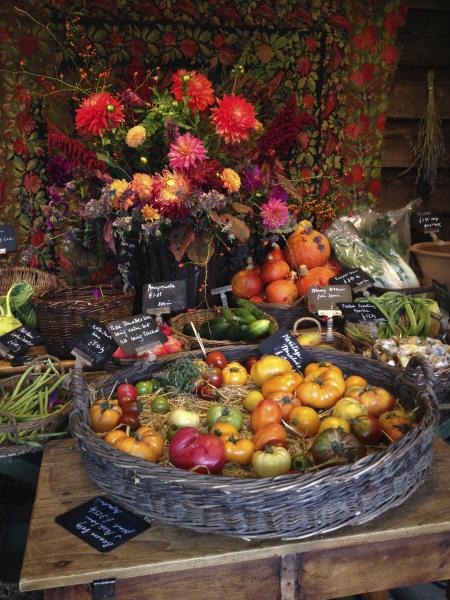


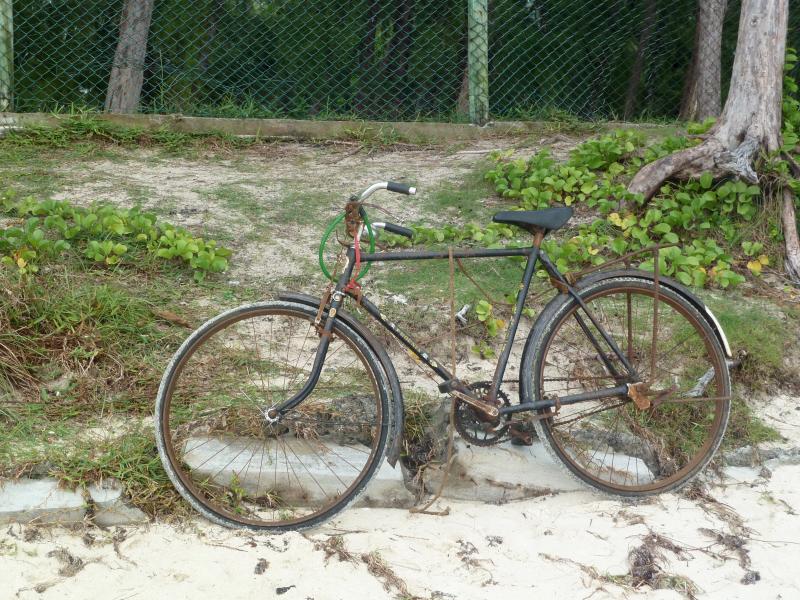
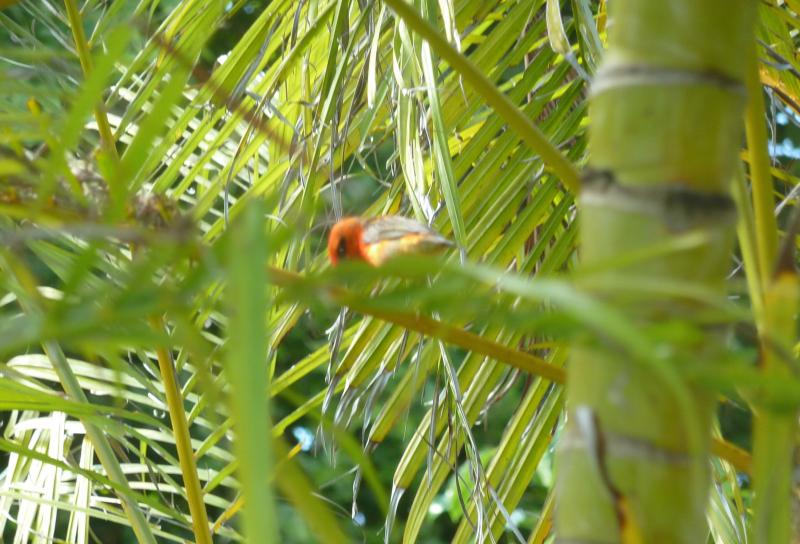
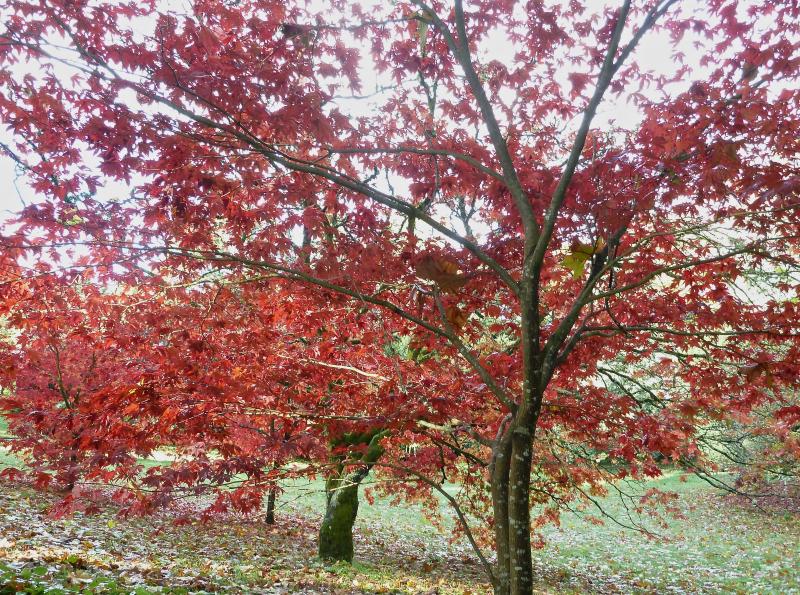
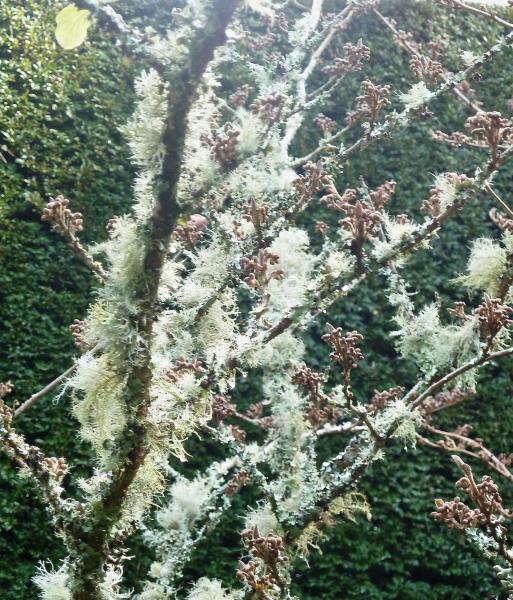








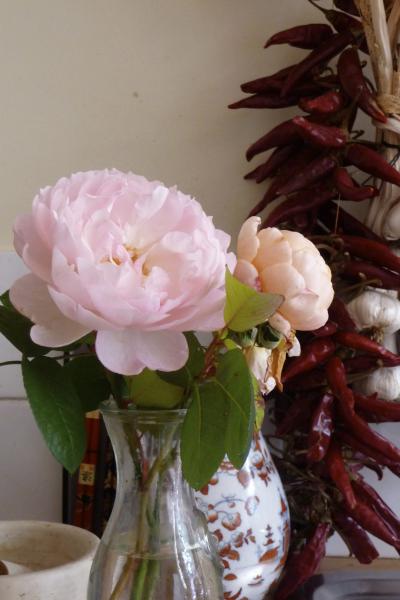


Loved the story about the Persimmons – they sound divinely delicious and extremely nutritious…it’s not a commonly eaten fruit. Keep writing…I’ll definitely read more when I get the opportunity….
I think you just might find it up the road in California! Admiral Perry imported it from Japan in the mid-1800s.
Other than how attractve they are, we just can’t find a use for them, because neither of us like the taste! We have a whole tree of them.
All our French friends rave about them so we give all to them. Looks like you’re enjoying your blog! 🙂
Have you ever tried drying them? Rather like dried mango. Sustainable sweetened shoe leather, but better for you. Good car sncl for your next mammoth trip…
Also, freeze them whole and you have persimmon sorbet!